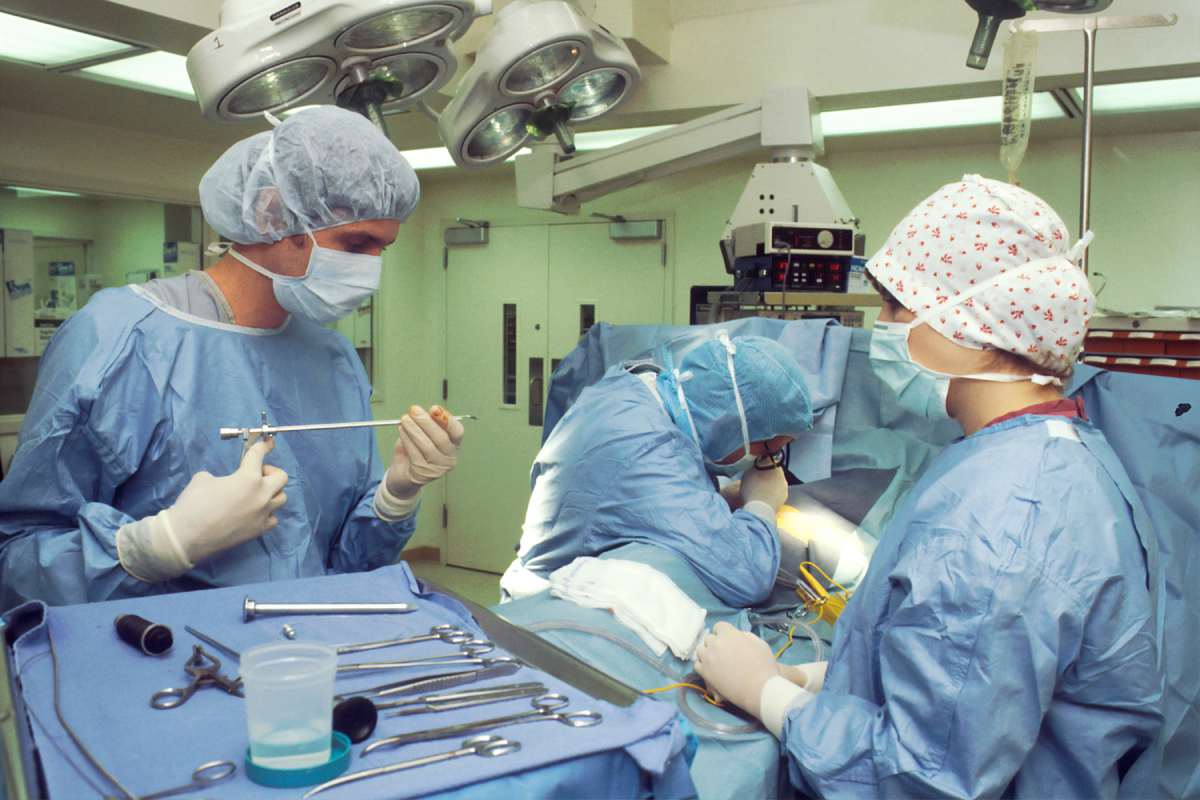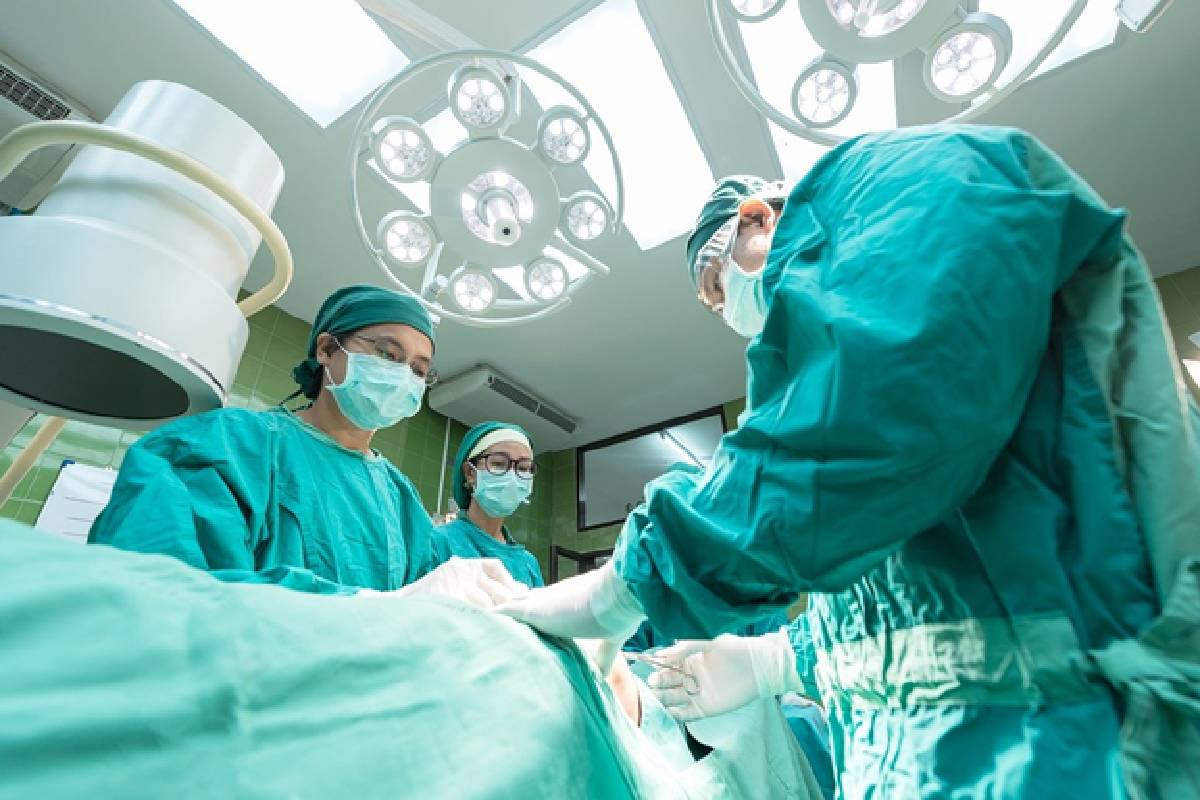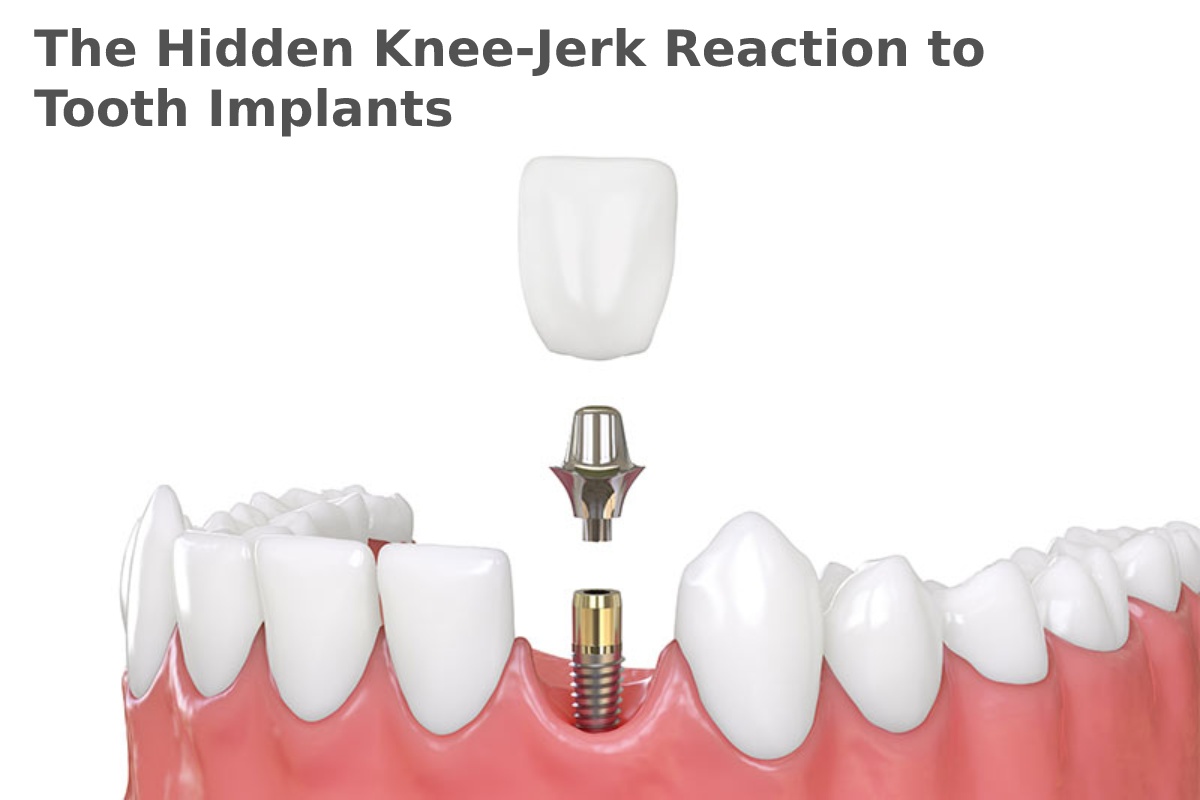Cellulite is a common skin condition that occurs when the connective tissue under the skin becomes thick and lumpy. Elmhurst Cellulite can occur in areas such as thighs, buttocks, stomach, hips, and arms. It is more common in women than men. The main cause of cellulite is fat deposits that form over muscles and connective tissue. This can occur because of a hormonal imbalance or because of an unhealthy diet and lifestyle.
Understanding Cellulite
Cellulite refers to the dimpled or lumpy presence of the skin that looks like the surface of an orange peel or cottage cheese. It is more commonly seen in women than in men. The dimples are caused by how fat distributes beneath the skin’s surface, connective tissue, and collagen fibers that tether the skin to underlying muscles. When these structures interact in a certain way, they create the characteristic bumpy appearance.
Causes of Cellulite
While the careful causes of cellulite are not completely understood, numerous factors believe to have contributed to its development:
Heredities: Hereditary predisposition can play a role in the likelihood of developing cellulite. If your parents or other close relatives have cellulite, you might be more prone to it.
Hormones: Hormones, particularly estrogen, are thought to influence the development of cellulite. Hormonal changes, such as those that occur during adolescence, pregnancy, and menopause, can affect the structure and elasticity of the skin and underlying tissues.
Lifestyle Factors: Poor diet, lack of physical activity, and smoking can contribute to the development of cellulite. Excess body fat can exacerbate the appearance of cellulite, and an unhealthy lifestyle can lead to decreased skin elasticity.
Connective Tissue Structure: The way connective tissue is structured and distributed in the body can impact the development of cellulite. If the connective tissue allows fat to protrude through it, it can create the characteristic dimples.
What are the Symptoms of Cellulite?
Dimpling is the most common form of cellulite, and it is caused by what is called a “fat pad”- an accumulation of fat in an area that is not normally where body fat would be. Dimpling is typically visible on the thighs, hips, and buttocks. The bumpy appearance is typically more apparent in areas with thin or poor circulation.
Lumpiness may also be present with cellulite, but it is less common than dimpling or dimpling combined with lumpiness. Lumpy cellulite can look like small soft bumps on the skin surface and may be more noticeable on jeans-clad areas such as the thighs and buttocks.
Treatment Options for Cellulite
There are many treatments available to help improve your appearance, but they may not be right for everyone. It is crucial to discuss with your doctor or dermatologist how best to treat cellulite on your own body.
Treatment options include:
Laser therapy
This procedure uses a beam of light to burn away fatty tissue under the skin. It helps stimulate collagen production in the area it is being treated. This treatment can treat cellulite and other areas of the body where fat has been collected.
Radiofrequency treatment (RF)
This type of treatment uses radio waves that heat adipose tissue beneath the skin until it melts away. RF does not use any energy outside of normal body heat; thus, no harmful devices are required during treatment sessions. Which can be conducted over several weeks at home without pain or discomfort.
Physical Therapy
it is another option that can help treat cellulite on the body’s largest surface area thighs, where cellulite tends to be most prominent. Physical therapists use heat or massage therapy along with stretching exercises that target problem areas such as thighs, buttocks, or hips that may be affected by cellulite.
This can be treated by a combination of diet, exercise, and topical treatments. The most effective treatment is to lose weight through diet and regular exercise. A good diet will help reduce cellulite by helping you eat more protein and fewer carbohydrates while also ensuring you get enough vitamins, minerals, and other nutrients necessary for a healthy metabolism.
It is an often-unwanted side effect of weight loss, pregnancy, and other factors. [Cellulite] can occur in multiple places on the body and generally affects the thighs, buttocks, hips, and stomach. The symptoms of cellulite vary from person to person, but they are all related to changes in connective tissue and laxity in the muscle layer underneath the skin. There are several treatment options for [cellulite], but your dermatologist or doctor from Leva Medica can help you determine the right treatment for your case.












